
Semantics are cooking. And they are almost dealing alien-ware to the language that we use in business. So instead of looking left, right and centre to find meanings. Let’s jump right in!
The three big semantics doing the rounds in the internal marketing and HR speak today:
Internal Communications – Employee Engagement – Employee Advocacy.
The first two are the hallmarks to a great organisation building process. The third is the result of it.
So how can they be too different? How can we align the first two so that the third starts kicking-in?
Most organisations have adopted digital tools to improve their internal communication efforts. And this has added a new twist. That of pushing volumes of content to the employees. What’s more, it’s also added new semantics to what you do at work.
However, you want to power up your employees. Want them to be engaged with the business content. All this, while being motivated and thereby propagating your brand.
Enter Employee Advocacy solutions. The ‘mana’ that complements internal communication initiatives.
That said, here are six common myths about Employee Advocacy which could be acting as spreed breakers to your programs:
Myth #1: It doesn’t encourage co-creation
With the advent of social media technologies, different content formats have now become popular and interesting. It’s no longer just text or visuals. Organisations can now facilitate employees to use social media for internal communication. While also giving them access to the branded content in one place in an organised, curated and personalised manner.
Just marketing content alone will not be enough to get employees to be charged up about their company.
Everyone seeks 15 mins of fame.
Remember Andy Warhol?
Therefore, enabling your employees to create content and making it sharable is a boost that makes your brands reach more relevant networks. While making the employees feel special.
#TIP: Employee advocacy offers an incredible opportunity to co-create content with your employees. Moreover, it allows you to share the employee generated content (EGC) with other content formats.
Myth #2: Disparate systems of communication give less exposure to Internal Communication
Organisations today witness the huge rise of the millennial workforce across different industry verticals. Moreover, the major challenge for business leaders is to engage a multi-generational workforce (Gen Y and Millennials) in a meaningful way.
The multi-generational workforce have to navigate through multiple systems such as static intranets, email, job boards, blogs, internal collaboration and instant messaging tools, newsrooms and so on.
The main purpose of internal communications is to make your employees’ understand the company’s mission, products, services and overall branding aspects. This instills a long-term confidence of their employer brand.
#TIP: Introducing employee advocacy tool in your organisation will empower your workforce to co-create content and amplify it on social media channels. It acts as a ‘one-stop-shop’ for all your internal content requirements.
In a nutshell, employee advocacy solutions make your communication cohesive for better employee engagement. Eventually, it becomes your mobile intranet that your employees are able to access your ‘social intranet content on the go.
’Myth #3: It’s not at all measurable
As you aware, any form of communication can be measured to improve the overall effectiveness. Go ahead and start building your KPIs that align with the organisations’ key goals. The key KPIs include content and employees’ reach, share, engagement, and impact.
In a nutshell, measure the impact of internal communication throughout the entire cycle i.e. starting from setting up KPIs, content creation, use of technology and surveys to track overall effectiveness.
#TIP: The analytics features in employee advocacy tools would do the wonders to assess your overall internal communication campaigns performance.
Myth #4: It’s a push-based and one-way communication
A top-down approach i.e. the business leaders share the information with employees is what makes it push based.
However, employees expect a collaborative workplace to take active participation in the overall welfare of the organisation. Internal communication should be a two-way communication to make your employees engaged in building your employer brand.
#TIP: Employee advocacy tools act as a ‘social intranet on the go.’ It empowers your employees to co-create and share relevant brand messages across their personal social channels.
Myth #5: No synergy between external and internal communication.
The main purpose of internal communications is to create, build, and nurture your reputation – online and offline. The onus lies with the business leaders to converge both internal and external communication teams. Both teams should primarily focus on building employer brand and reputation.
#TIP: Employee advocacy tools enable you to share relevant internal and external messages to your trusted and engaged employees. This, in turn, helps you to nurture conversations in the form of opinion, feedback and so on.
Myth #6: It’s not inter-departmental initiative
Organizations presume that the onus lies with HR and/or Marketing to do this bit. Overall, it’s a wrong assumption that one team is responsible for whole internal communication activities. The main purpose of internal communication is to make every employee understand the business goals, vision, and mission of the organization.
So, the internal communication initiatives should be driven across the different line of business – Sales, Marketing, HR, and Corporate Communication.
The group of champions is nominated from each line of business to make it more effective and successful at an organization level.
#TIP: Employee advocacy tools provide options to create teams for sharing relevant content across different social media channels. Moreover, it enables you to track and measure the impact of internal communication initiatives.
In a nutshell, internal communication is undergoing rapid transformations due to the proliferation of digital and social media technologies. Unleash the power of employee advocacy to realize the full potential of your internal communication initiatives within the organization.
Looking for a solution that can bust the myths as you hit the ground running? Contact us to get customized solutions for advocacy marketing.


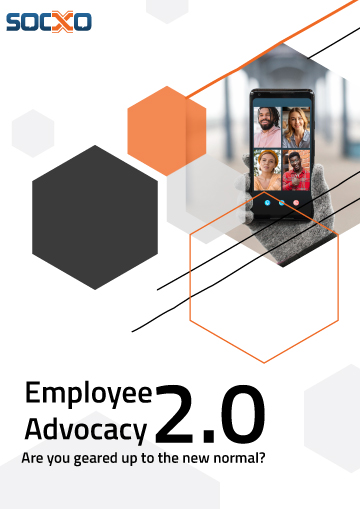




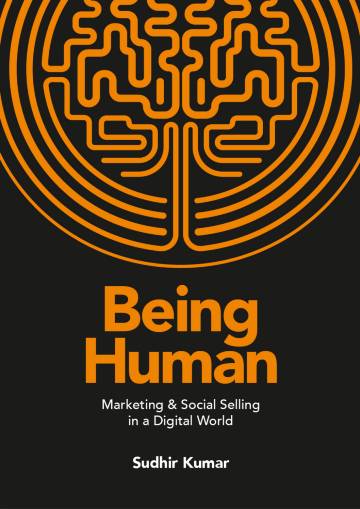
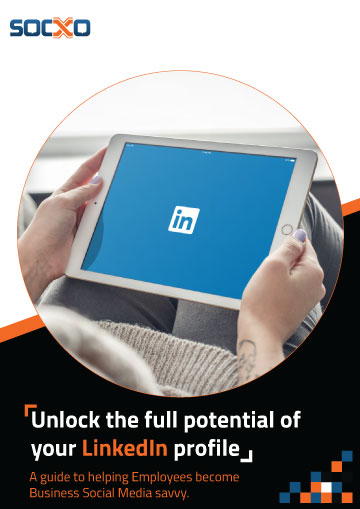


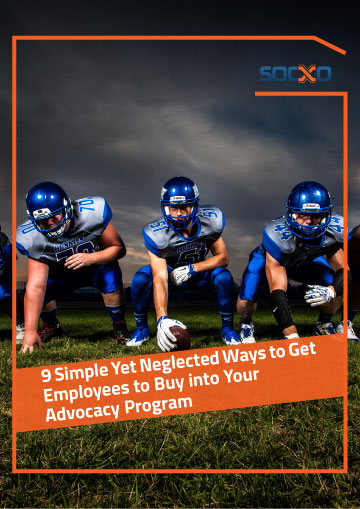
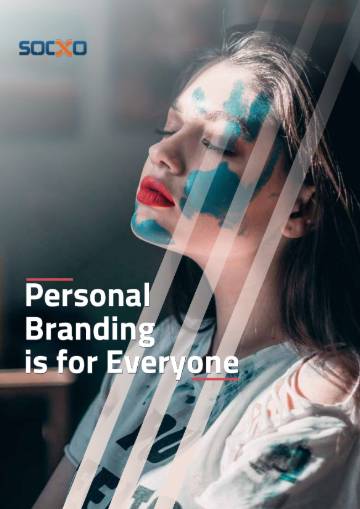



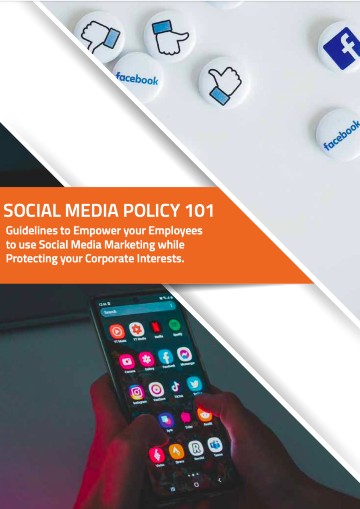
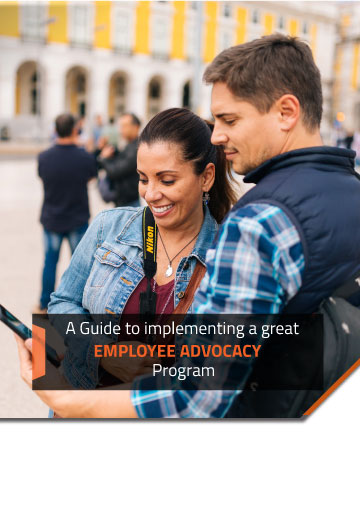
Blog Comments
Build a Strong Brand Advocacy Program | Socxo
August 23, 2019 at 9:20 am
[…] has for long been among the most powerful marketing tools in existence. When your customers, employees, and fans promote your brand, potential customers in their networks receive first-hand […]